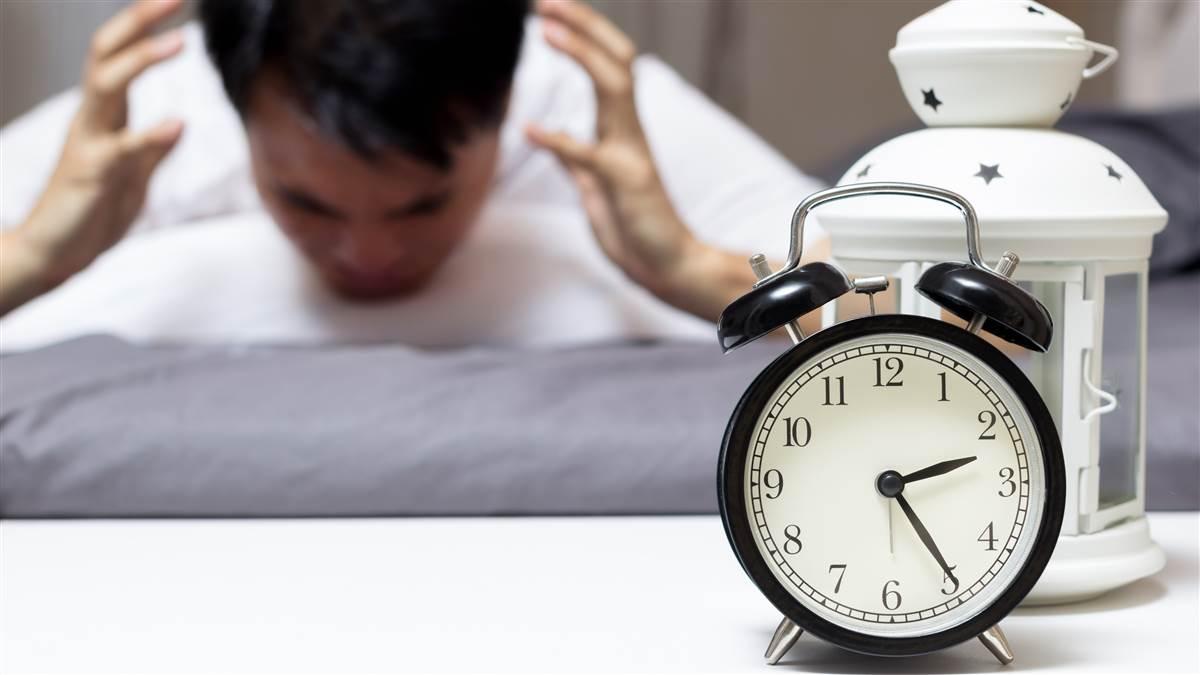Circadian Rhythm
SAFETY SPOTLIGHT: FIGHTING FATIGUE

Like Clockwork
Our brain relies on cues to regulate our wake/sleep schedules. For example, when daylight hits our eyes, cells in the retinas signal our brain that it’s time to wake up. Temperature, night time, sleep, physical activity, etc. are all cues to keep our circadian rhythm in sync. However, as a natural part of aging we’ll experience changes in our sleep pattern such as earlier onset of sleepiness, early-morning awakenings, and an increased need for daytime napping.
Getting Out of Sync
When the circadian rhythm is altered or interrupted, it affects our physiology and behavior.
Several chronic sleep disorders can lead to circadian rhythm disruptions (CRD):
- Delayed Sleep Phase Syndrome. Causes late-evening insomnia, excessive early-morning sleepiness, difficulty falling asleep before 2:00 a.m., short sleep periods during the week, and prolonged sleep periods during the weekend. It is linked to depression and other psychiatric disorders.
- Advanced Sleep Phase Syndrome. Causes early evening sleepiness and morning awakening, such as the urge to sleep between 6:00 p.m. and 8:00 p.m. and waking up between 1:00 a.m. and 3:00 a.m.
- Non 24-Hour Sleep-Wake Disorder. Results from an inadvertent sleep delay, followed by unsuccessful attempts to sleep on schedule. Regular sleep delays interfere with circadian rhythms and result in a free-running “biological clock” of 25 hours instead of 24, causing inconsistent insomnia that affects the sleep cycle: sometimes the person falls asleep later and wakes up later; other times he or she falls asleep earlier and wakes up earlier.
- Jet Lag or Rapid Time Zone Change Syndrome. Symptoms include excessive sleepiness, a lack of daytime alertness, fatigue, insomnia, disorientation, headaches, digestive problems, and lightheadedness.
CRD and Flying
 Ignored CRD-induced fatigue affects your health and safety-of-flight. For example, you may experience increased time to react, decreased attention to tasks, impaired memory and tendency to forget secondary tasks, increased distraction, and emotional irritability. To help minimize CRD after crossing time zones, try to reset your biological clock by getting out in the sun and daylight, staying active, and fitting in with the local eating and sleeping schedule. Consult a physician to diagnose and treat persisting sleep problems. Learn more in the FAA’s Medical Facts for Pilots: Circadian Rhythm Disruption and Flying publication (AM-400-09/3).
Ignored CRD-induced fatigue affects your health and safety-of-flight. For example, you may experience increased time to react, decreased attention to tasks, impaired memory and tendency to forget secondary tasks, increased distraction, and emotional irritability. To help minimize CRD after crossing time zones, try to reset your biological clock by getting out in the sun and daylight, staying active, and fitting in with the local eating and sleeping schedule. Consult a physician to diagnose and treat persisting sleep problems. Learn more in the FAA’s Medical Facts for Pilots: Circadian Rhythm Disruption and Flying publication (AM-400-09/3).
Medical Self-Assessment: Fatigue
In this video from the Medical Self-Assessment: A Pilot’s Guide to Flying Healthy online course, discover how sleep environment, work shift, medical conditions, jet lag, and other factors can affect fatigue.